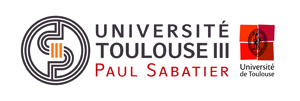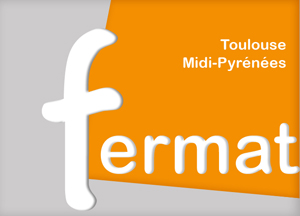Prediction of oxygen profiles across the myocardium based on experimental data of left anterior descending pressure and flow at rest and exercise
Conférence Brian Carlson, Université du Michigan
Jeudi 27 juin à 14 h 00 Amphithéâtre Nougaro
Abstract :
At rest, myocardial oxygen consumption (MVO2) is met through the extraction of 80% of the oxygen delivered to the coronary vasculature leaving little room for additional extraction during exercise. Therefore, coronary flow is intimately matched to any exercise induced increase in MVO2. We have employed a mechanistic multi-scale model to represent left anterior descending (LAD) flow and oxygen delivery to understand the regulation of blood flow during exercise to match MVO2. In the Tune lab, healthy Ossabaw adult swine were instrumented to provide simultaneous left ventricular and aortic pressures along with blood flow in the LAD at rest and at two levels of exercise. In the Beard lab, a recent model by Mynard and Smolich was modified simulating blood flow in the LAD where each terminal branch in the network feeds into a three-compartment lumped parameter model representing the subepicardial, midmyocardial and subendocardial flow. At rest, parameter values for the epicardial segments were directly from Mynard and Smolich while some of the parameters for the myocardial flow portion of the model were adjusted to match the mean LAD flow data and give an endo/epi flow ratio of 1.14. We then used this model exactly as parameterized at rest and drove it with the exercise level 2 aortic and LV pressures to see how well it matched the exercise level 2 LAD flow data. Simulation results employing a graded vasodilation across the subepicardial to subendocardial regions produces an endo/epi flow ratio to about 0.85 which match experimental values for endo/epi flow ratios during exercise in a review by Duncker and Bache. Overlaying a simple model of oxygen delivery and consumption on this model of blood flow shows that the subendocardium is at the highest risk for oxygen deficit and graded vasodilation across the vascular beds mitigates this risk. This multi-scale model is currently being made available in CellML and Modelica for wider dissemination. Upon publication of this work the original data will be available on the PhysioNet repository.
.





